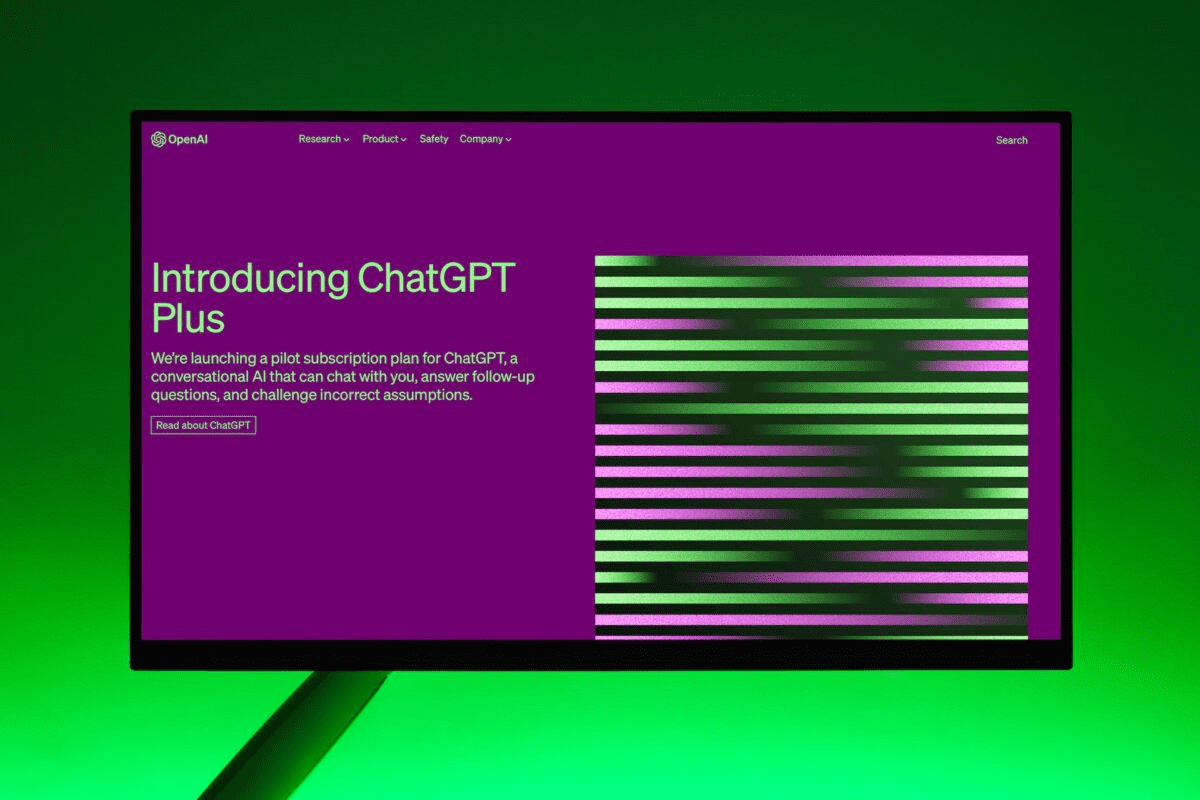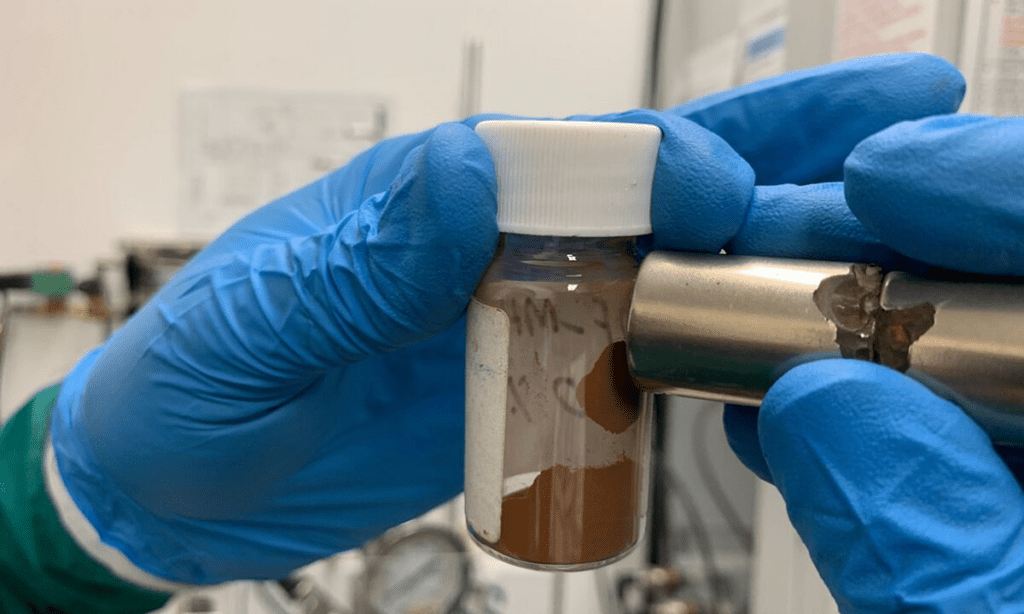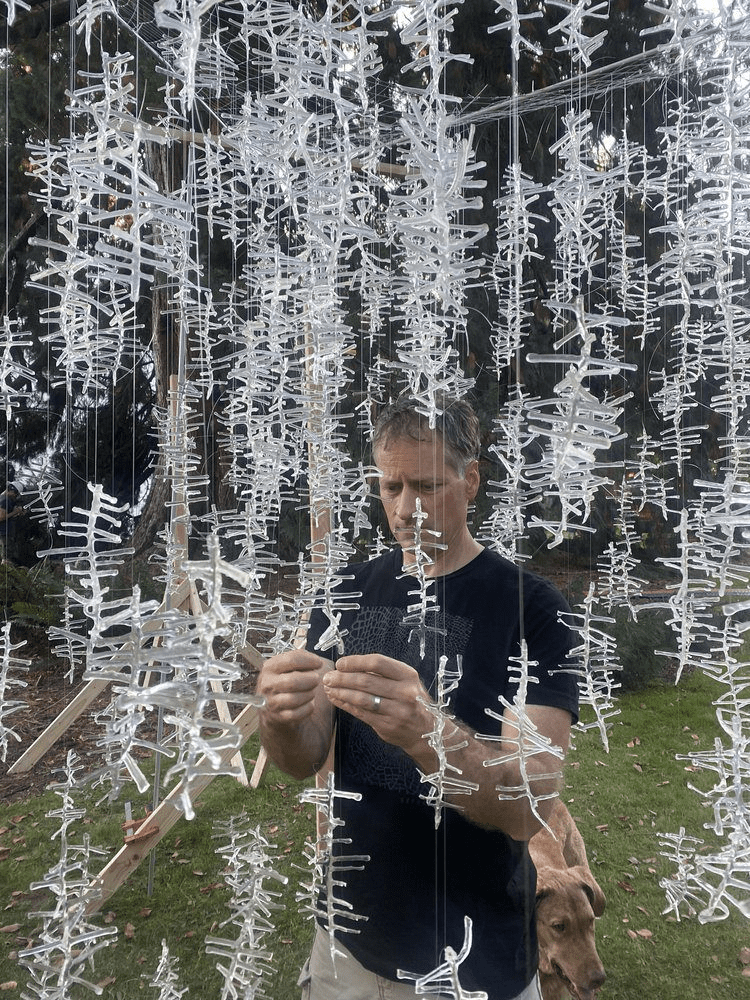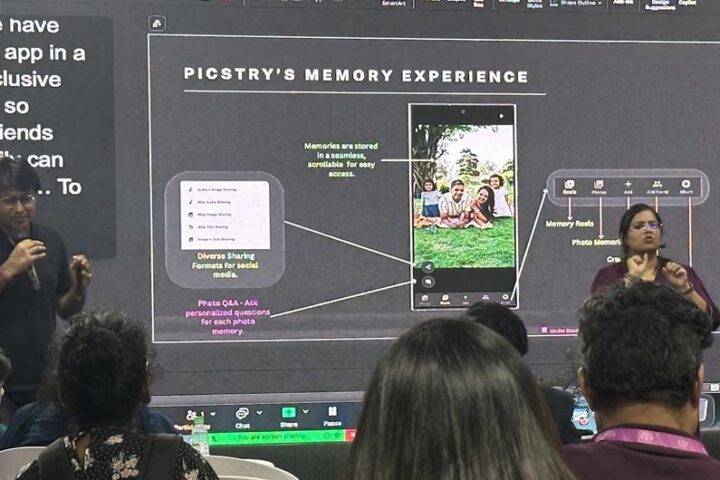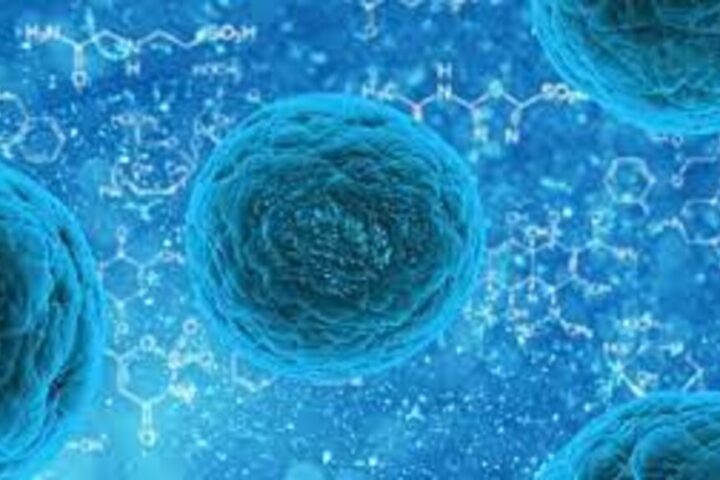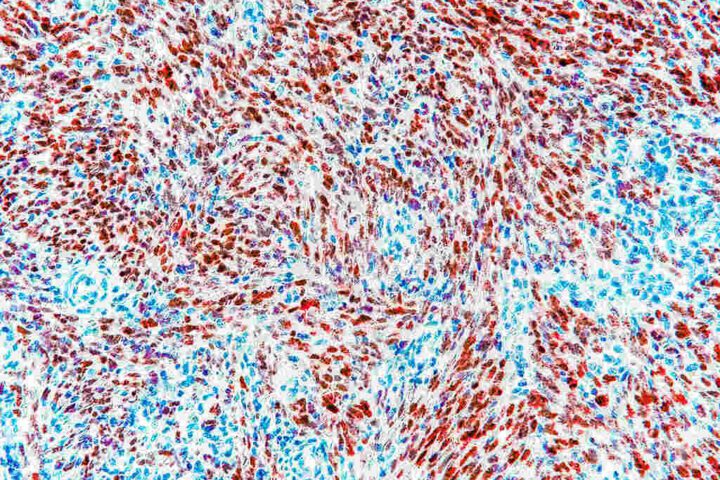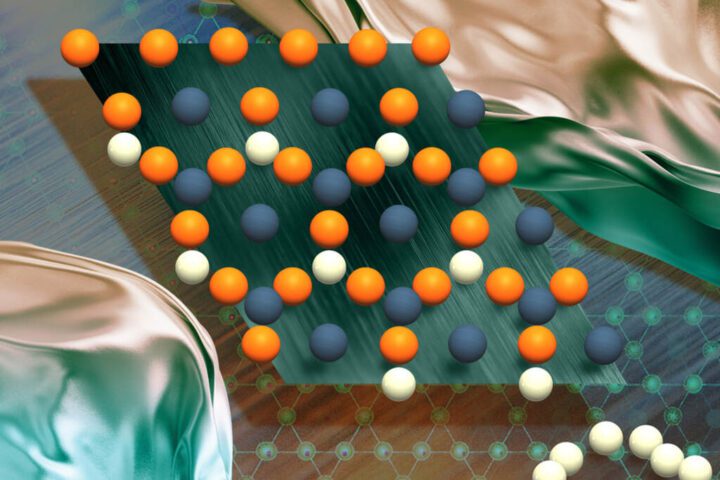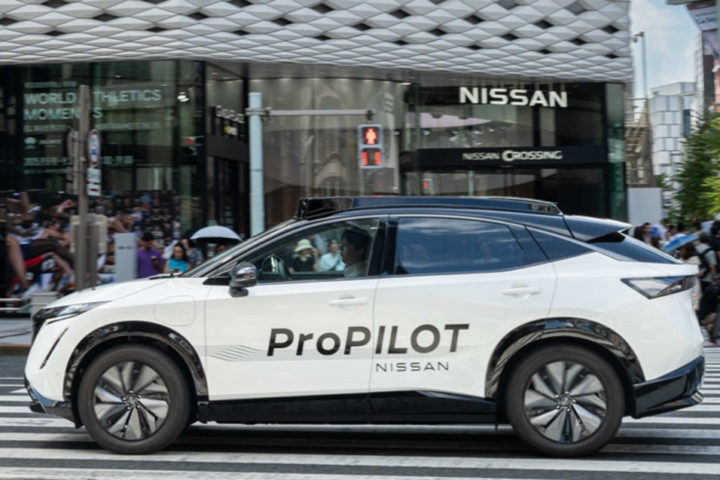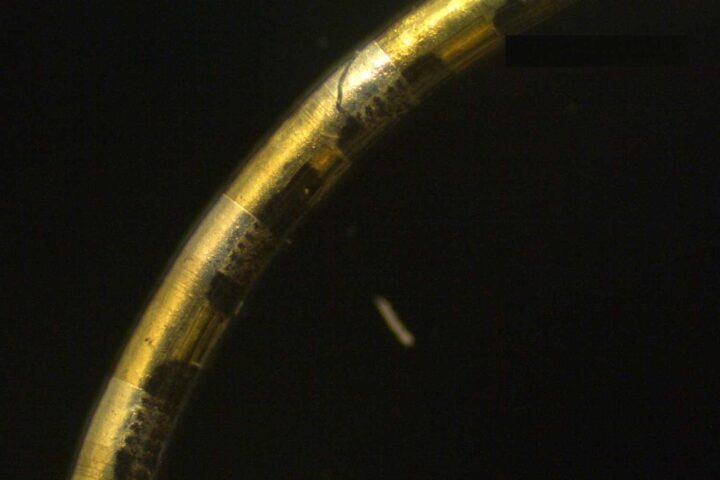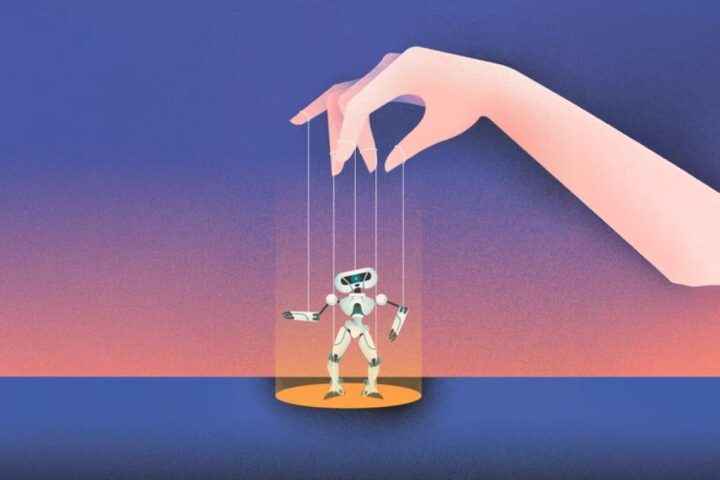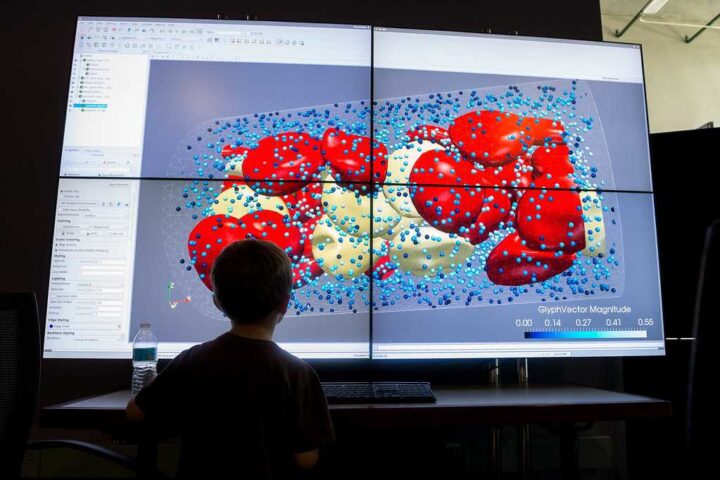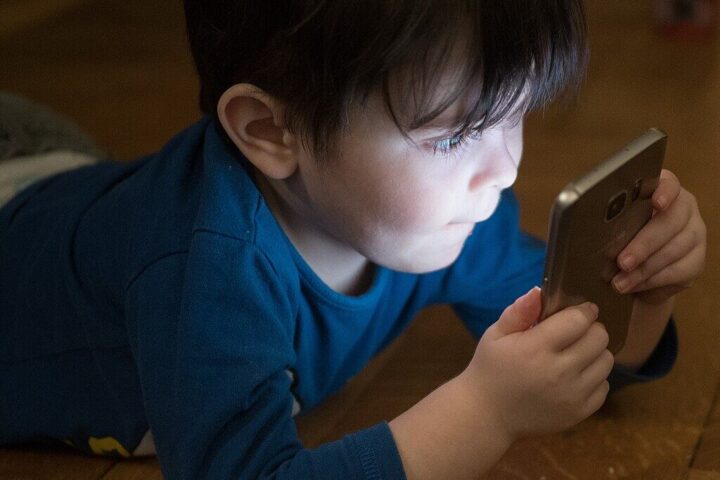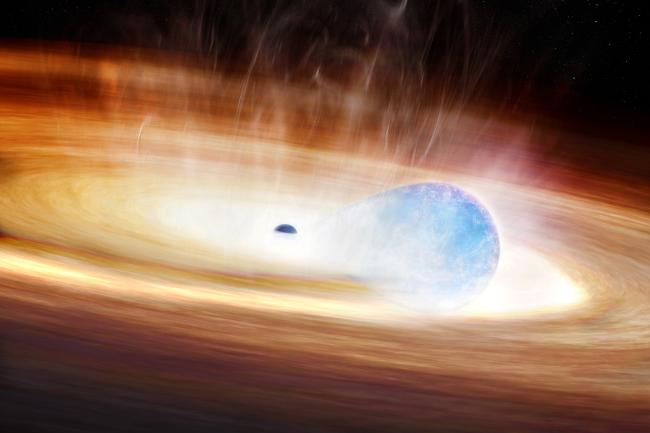OpenAI has announced the release of its new GPT-4, AI chatbot, the most advanced large language model yet. GPT-4 is a multimodal model that can take in both image and text inputs and produce text based outputs in return. Sam Altman, OpenAI’s CEO, has described GPT-4 as “more creative” and “less biased” than its earlier predecessors. GPT-4 is believed to even pass the bar exam for lawyers, scoring a 5 on several AP exams.
GPT stands for “generative pre-trained transformer” and is a kind of neural network used for natural language processing tasks. ChatGPT is an AI chatbot application that works on the GPT-3 and GPT-4’s language models to interact with users.
GPT-3 was first released in 2020 and was trained on over 175 billion parameters, making it the biggest neural network produced. GPT-4 can process up to 25,000 words and manage more nuanced instructions than its predecessor, GPT-3.5. To access GPT-4, users must subscribe to ChatGPT Plus, which is priced at $20 per month and has a message cap of 100 every four hours.
GPT-4 excels at tasks that require advanced reasoning, complex instruction understanding, and superior creativity. GPT-4’s new multimodal feature allows users to feed in images and receive text outputs, such as generating recipes or coding video games. GPT-4 is the latest update to the rapidly growing AI chatbot market, with tech giants like Google, Microsoft, Huawei, Alibaba, and Baidu also building their own versions.
- CATL 5th-gen LFP batteries enter production: 36.6% market leader powers 20M EVs with sodium-ion push
- Air Cleaner Evidence Gap: Only 9% Of Nearly 700 Studies Tested Human Health Outcomes.
- Delhi Air Quality Hits Severe 425 As GRAP-III Curbs Activate; Medanta Warns “No True Non-Smoker”
- Toyota Corolla Concept Teases EV Future but CEO Says “World Is Diverse” as Over 50M Drivers Await Next Move
- G4 Geomagnetic Storm: NOAA Says “G4 Watch In Effect” After X5.1 Flare — Aurora Possible In 21+ U.S. States
